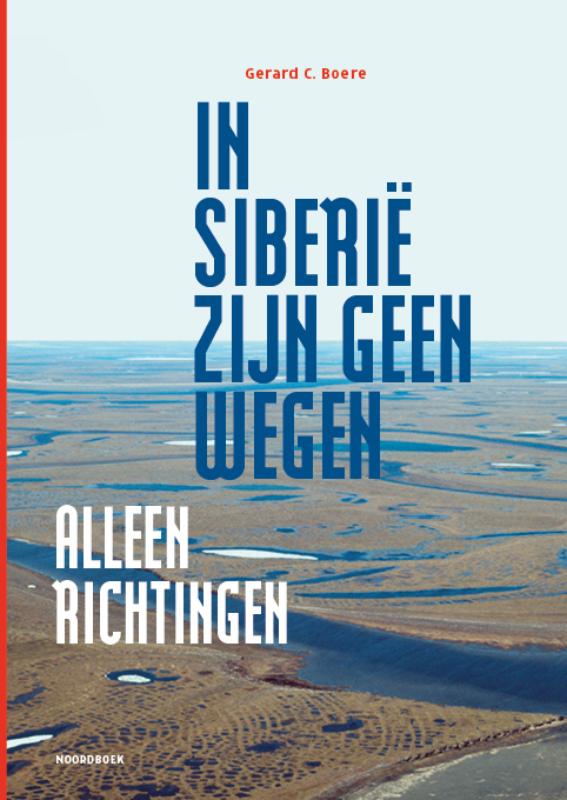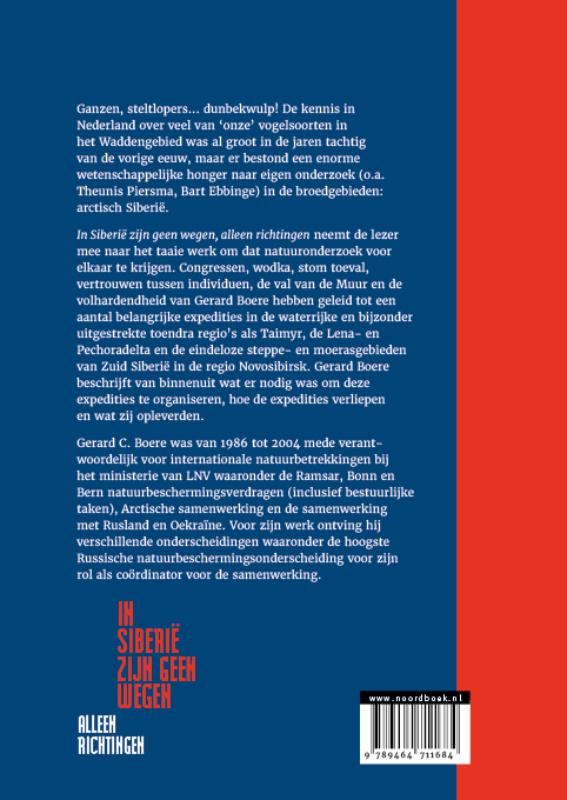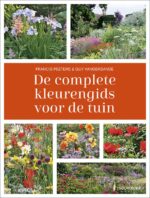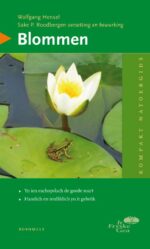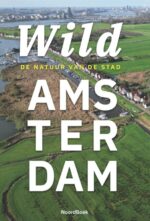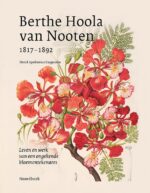In Siberië zijn geen wegen, alleen richtingen
€ 29,90
Ganzen, steltlopers… dunbekwulp! De kennis in Nederland over veel van ‘onze’ vogelsoorten in het Waddengebied was al groot in de jaren tachtig van de vorige eeuw, maar er bestond een enorme wetenschappelijke honger naar eigen onderzoek (o.a. Theunis Piersma, Bart Ebbinge) in de broedgebieden: arctisch Siberië.
In Siberië zijn geen wegen, alleen richtingen neemt de lezer mee naar het taaie werk om dat natuuronderzoek voor elkaar te krijgen. Congressen, wodka, stom toeval, vertrouwen tussen individuen, de val van de Muur en de volhardendheid van Gerard Boere hebben geleid tot een aantal belangrijke expedities in de waterrijke en bijzonder uitgestrekte toendra regio’s als Taimyr, de Lena- en Pechoradelta en de eindeloze steppe- en moerasgebieden van Zuid Siberië in de regio Novosibirsk. Gerard Boere beschrijft van binnenuit wat er nodig was om deze expedities te organiseren, hoe de expedities verliepen en wat zij opleverden.
Gerard C. Boere was van 1986 tot 2004 mede verantwoordelijk voor internationale natuurbetrekkingen bij het ministerie van LNV waaronder de Ramsar, Bonn en Bern natuurbeschermingsverdragen (inclusief bestuurlijke taken), Arctische samenwerking en de samenwerking met Rusland en Oekraïne. Voor zijn werk ontving hij verschillende onderscheidingen waaronder de hoogste Russische natuurbeschermingsonderscheiding voor zijn rol als coördinator voor de samenwerking.
Gerelateerde boeken
-
Blommen
€ 12,90Oersetting en bewurking Sake P. Roodbergen
Yn dizze natoergids fine jo alles wat jo nedich hawwe om wylde planten te plak te bringen:
* In seleksje fan mear as twahûndert fan de bekendste en meast opfallende wylde planten yn ús lân, mei in ekstra aksint op Fryslân
* In ynformatyf oersjoch fan skaaimerken dy’t nedich binne foar korrekte determinaasje yn ien eachopslach
* Ynteressante ynformaasje oer de ekology fan de soart yn de begeliedende tekst
* Moaie foto’s as help by de determinaasje
* In tekening of detailfoto foar ferdúdlikingEkstra:
In Yndeks mei alle Hollânske en wittenskiplike nammen, en de Fryske nammen lykas dy troch de Fryske Akademy fêststeld binne yn septimber fan it jier 2009 -
-
